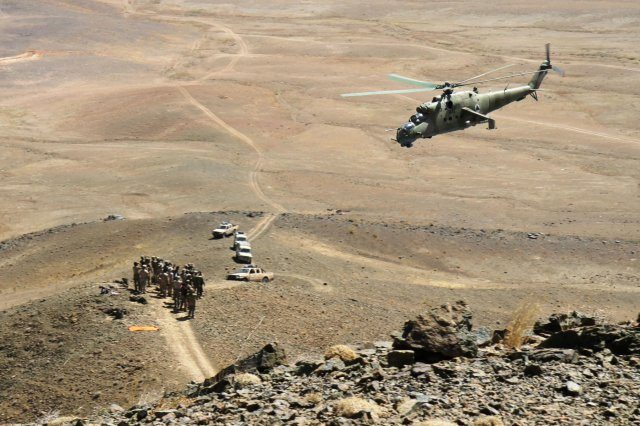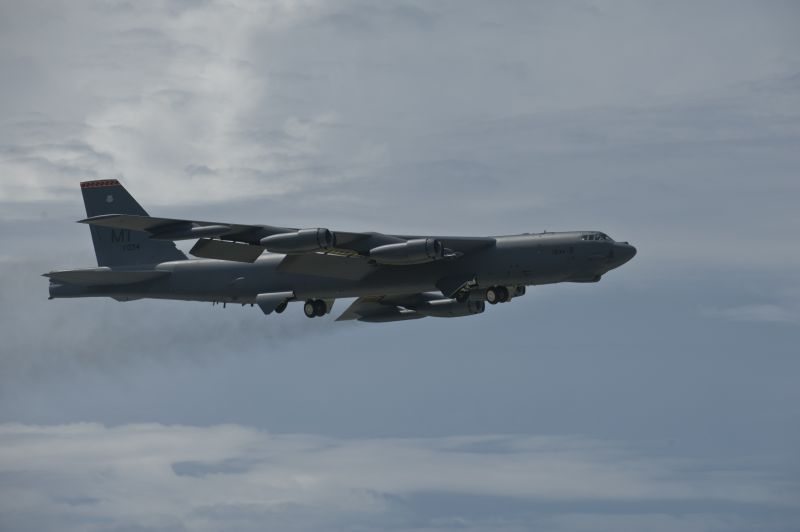As U.S. forces prepare to leave Afghanistan, the Afghan Air Force and the Afghan National Army are integrating air and ground forces to conduct combat fire support and logistics missions as they continue to grow and lead operations.
On Sept. 18, three Afghan National Army fire support officers and two staff officers with the 4th Infantry Brigade, 203rd Corps, conducted an air-to-ground integration, or AGI, exercise near Hunter Base in eastern Afghanistan.
The Afghan National Army, or ANA, soldiers successfully coordinated with two Afghan Mi-35 helicopters. They conducted live-fire drills, including how to abort a mission.
The AGI exercise, part of a proof of concept initiative to certify Afghan air coordinators, allowed ANA soldiers to communicate with the pilots and provide a safety net for the army and air force to work together in the same area of operation.
“Currently the Afghan security forces depend on the coalition forces to provide them air support,” said U.S. Air Force Lt. Col. Mark Brown, a native of Sacramento, Calif., a NATO Air Training Command-Afghanistan adviser. “In 2015, they (Afghan forces) are going to have to rely on their own assets to provide this type of support.”
Brown and U.S Air Force Chief Master Sgt. Keith Hunt, 504th Expeditionary Air Support Operations Group, and a Lexington, N.C., native, are helping to develop the curriculum to create a new Afghan Air Force, or AAF, career field, Afghan Tactical Air Coordinator.
The program the AAF is developing in hand with the ANA is critical to the AAF transitioning, said Brown. This is a critical point in the future of the Afghan military.
“They’ve shown and demonstrated their ability to do some of these missions on their own,” he added.
The classroom instruction started Sept. 14, when the ANA soldiers trained to identify terrain, enemy targets, and mark friendly positions on a map. The hands-on instruction included procedures for communicating with a pilot.
ANA 2nd Lt. Nasrullah, a fire support officer with the 4th Kandak, 4th Infantry Brigade, said the training, along with the live-fire exercise, went well. He said he found the classroom training, where he learned how to communicate with the pilots using codes, very effective.
“I think we have the capabilities, ANA and ANP (Afghan National Police), to fight against the insurgents,” he added. “We had a (recent) operation with no U.S. support, and we were successful against the enemy.”
“We are just there for guidance and assistance,” said 1st Lt. Robert Gordon, a native of Syracuse, N.Y., and an adviser with 1st Battalion, 76th Field Artillery Regiment, 4th Infantry Brigade Combat Team, 3rd Infantry Division, who is partnered with Nasrullah and his team. “They are at the point where they can go out and do their missions on their own,” he said.
“They’ll be able to utilize those helicopter fighters to push the enemy back,” he added.











